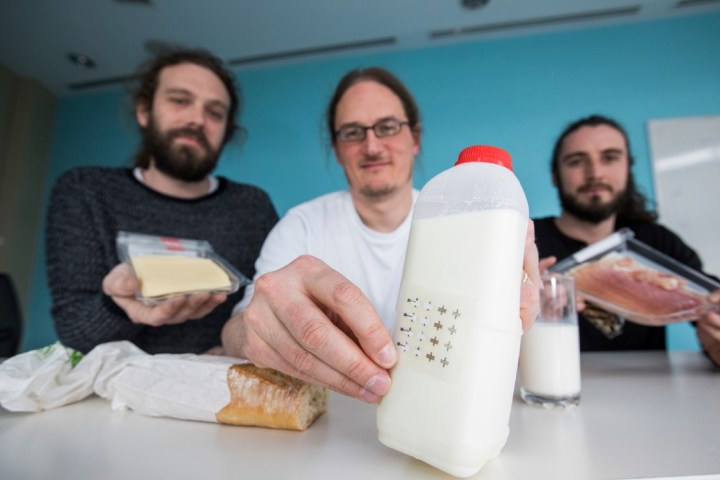
“You could imagine the possibility of one day having printed circuitry on food packaging, so that rather than having a barcode, you have a circuit that can communicate information to the user,” Professor Jonathan Coleman, a materials scientist who worked on the project, told Digital Trends. “That could mean a carton of milk that sends you a text message when your milk is about to go off.”
Another possible usage, Coleman said, is the concept of paper-thin displays, which could be embedded into newspapers or magazines, or slung up on the wall like a moving poster.
He is quick to point out that these are future concepts, rather than anything the lab has developed just yet, but it is a future the team’s work is helping create. While researchers have explored printed electronics for decades, and it’s a relatively mature field, what this new work does is to improve on it by adding “wonder material” graphene to the mix — resulting in two-dimensional circuits only a few billionths of a meter thick.
Graphene has a number of desirable qualities, such as a strength and conductivity, but it’s also cheap — which is exactly what these applications would call for. After all, nobody is going to pay $15 for a pint of milk just because it can text you.
The team’s work is published this month in the journal Science. The technique of producing 2D nanomaterials has been licensed to Samsung and chemical company Thomas Swan. It was funded as part of the billion euro Graphene Flagship initiative, referring to a European Union program designed to explore innovative use-cases for graphene.
“What we created in this project wasn’t state of the art by transistor standards, but using these materials printed transistors do have the potential to get to that point,” Coleman continued. “At the end of the day, that’s what’s so exciting about his work — it’s not what we’ve done today, it’s what it gives people the potential to do tomorrow.”


